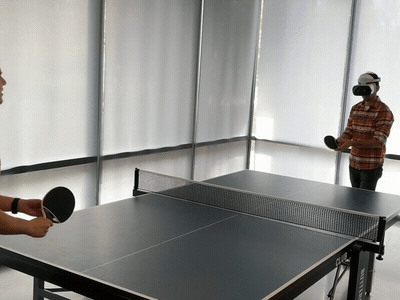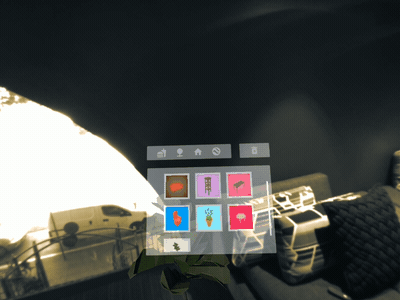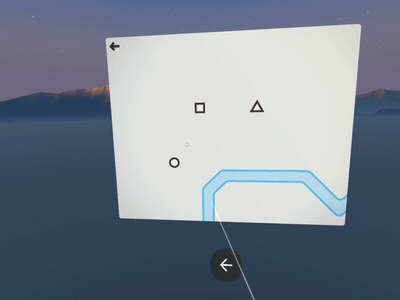
The recent launch of the Lenovo Mirage standalone Daydream Headset in Australia has renewed interest in the technology, and Google is pushing ahead with new features for the headset, today announcing new, experimental 6-Degrees of Freedom (6-DOF) controllers, a see-through mode and more.
Google is first adding support positional controller tracking using 6-DOF controllers which allow you to move your hands more naturally in Virtual (and Augmented, but we’ll get to that) Reality. The controllers look very much like the PlayStation Move controllers with the small, ball like appendages on the top.
Google isn’t using external cameras and sensors for tracking the new controllers in VR, instead they’re using ‘machine learning and off-the-shelf parts to accurately estimate the 3D position and orientation of the controllers’. The off-the-shelf parts are obviously the faceplate strapped onto the headset in this pic of the new setup:

Google is opening up a beta program for developers to work with the 6-DOF controllers, however the offer to Beta test the controllers is only open to those in the US.
With the new controllers and tracking, Google is also bringing a See-Through Mode experience to the Mirage Solo, allowing users to interact with the world around them. The improvement takes advantage of the ‘WorldSense’ technology which provides accurate, low-latency tracking thanks to the position of the cameras on the Mirage Solo – they’re positioned at approximately eye-distance apart – which allows for precise depth perception.
The new See-Through mode is so good, you can even play ping pong with it:
Now, Augmented Reality (AR). With the new controllers offering unparalleled accuracy and the See-through mode now available the obvious move is towards Augmented Reality. Google is using both to enable users to interact with objects from Google’s Poly library, moving and placing them in the real world.
Finally – Android Apps. Google is opening up support to allow for any Android app to be opened within the virtual space within not just the Mirage Solo, but any Daydream Device. It’s already live as shown off with the demo of Mini Metro in Daydream.
Google is doing this to enable developers a clearer, easier path to making their apps Daydream compatible, perhaps giving them the incentive to perhaps build on the technology and produce something more suited to the space.
Unlike the 6-DOF controller beta, the rest of these experimental DayDream improvements will soon be opened up to try for everyone. You’ll have to remain a little patient though until that announcement is made.






